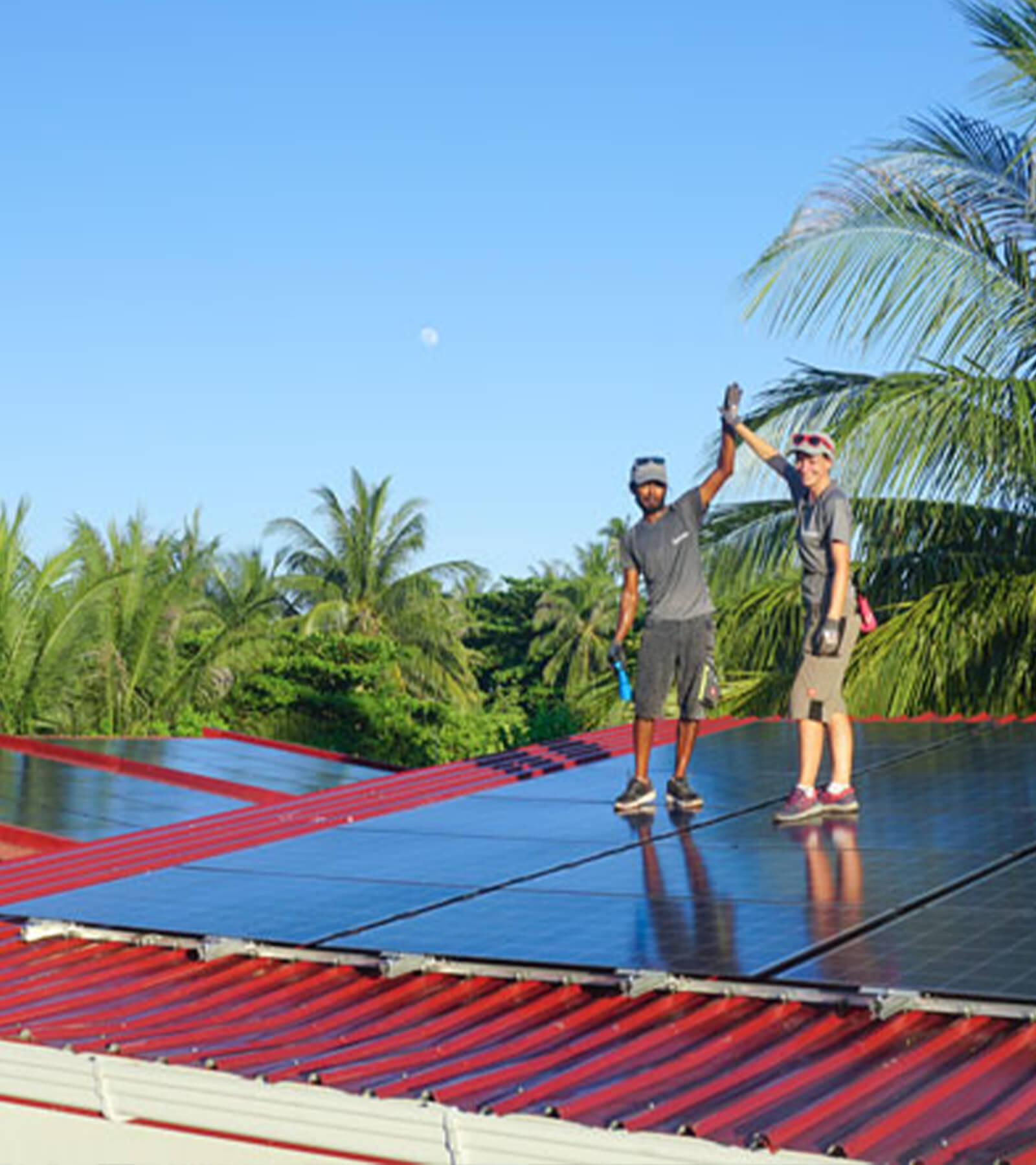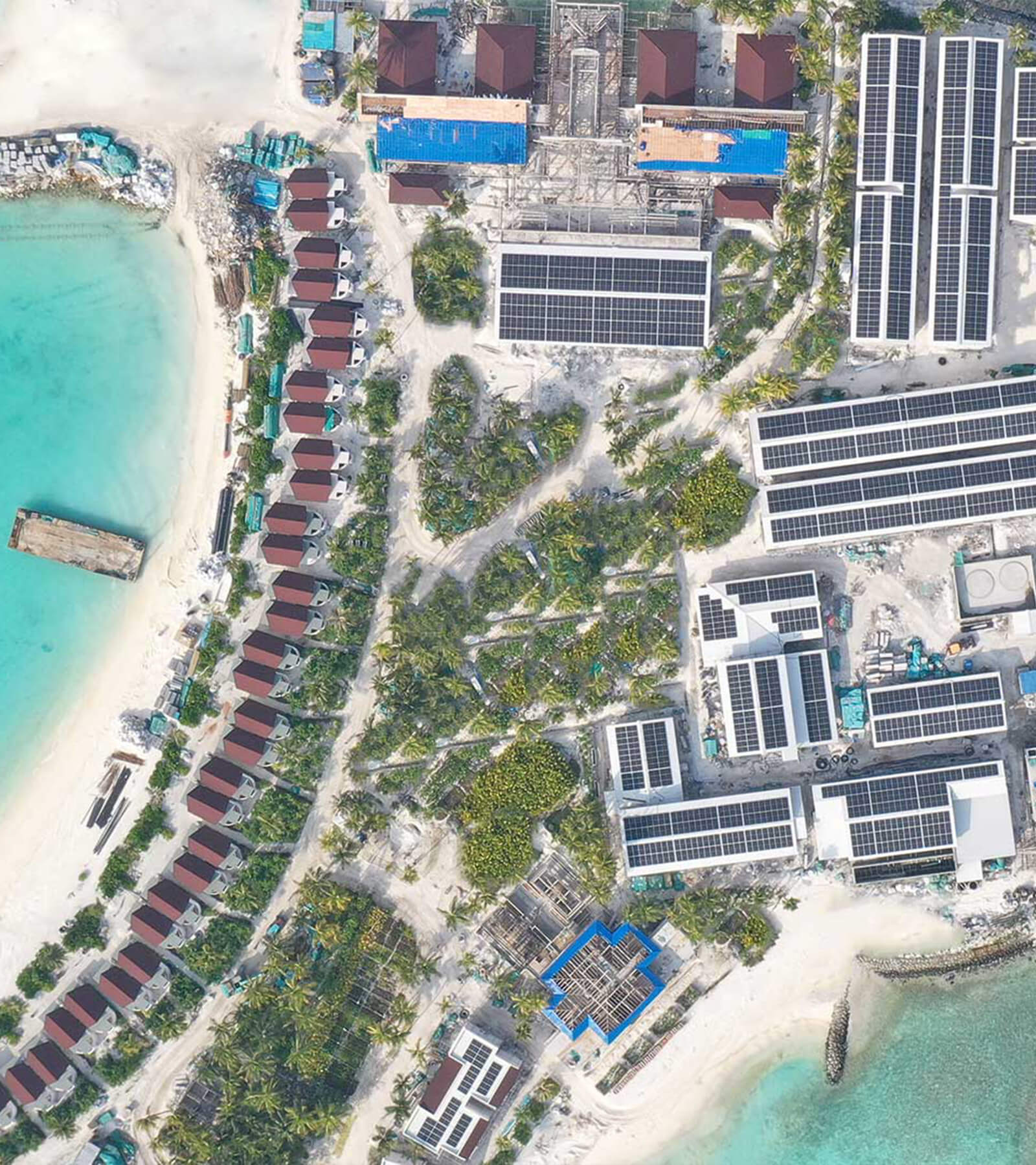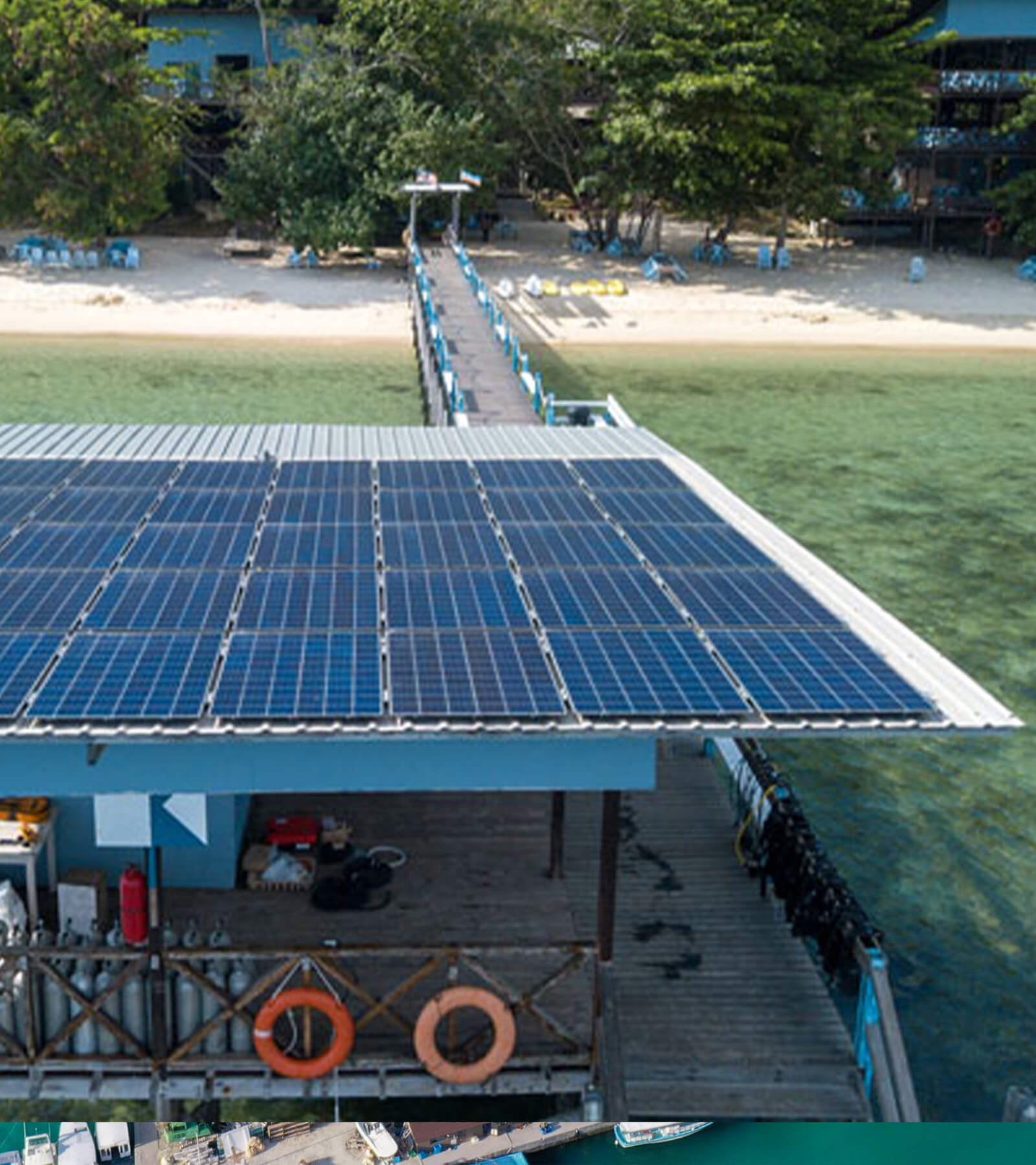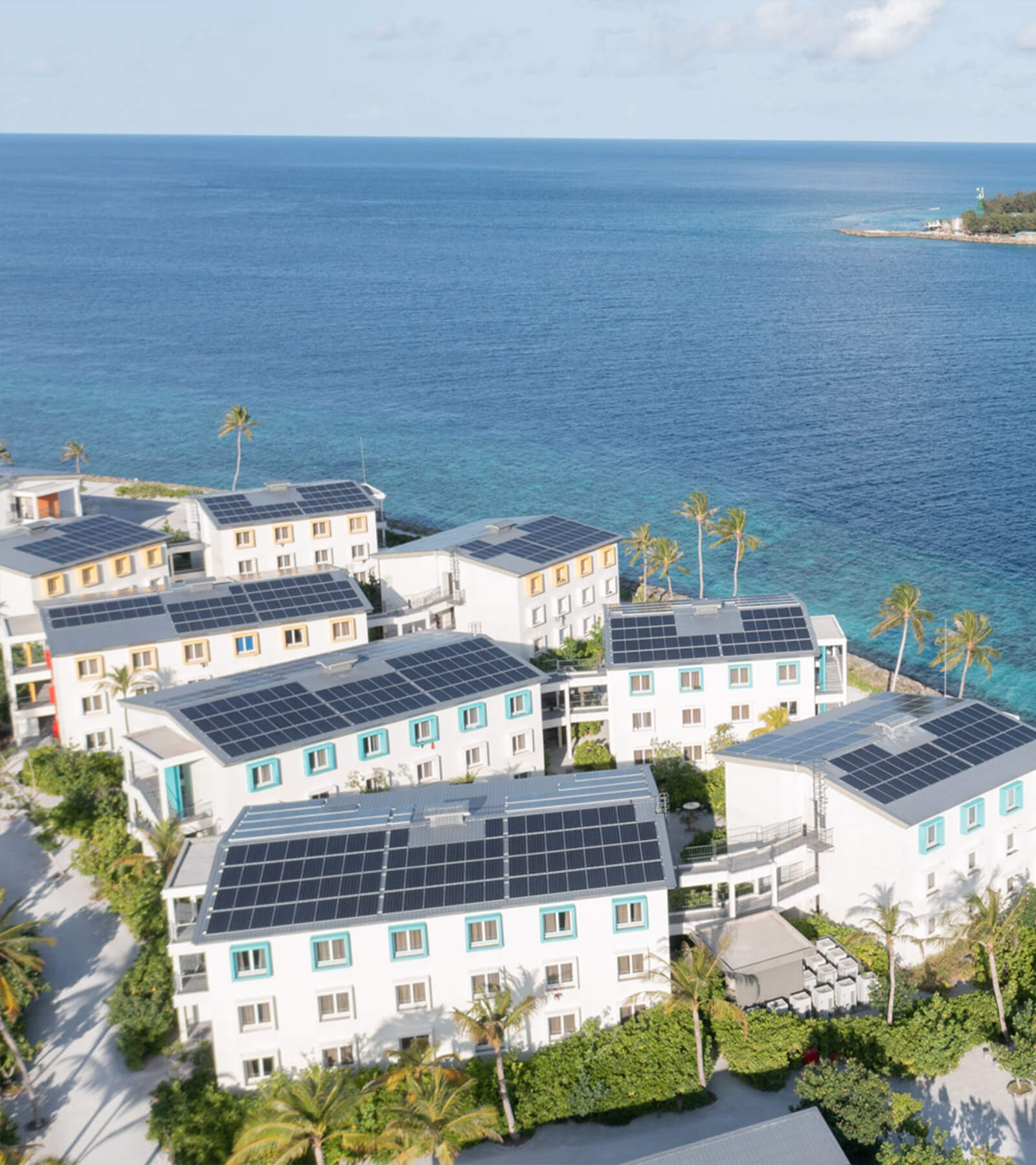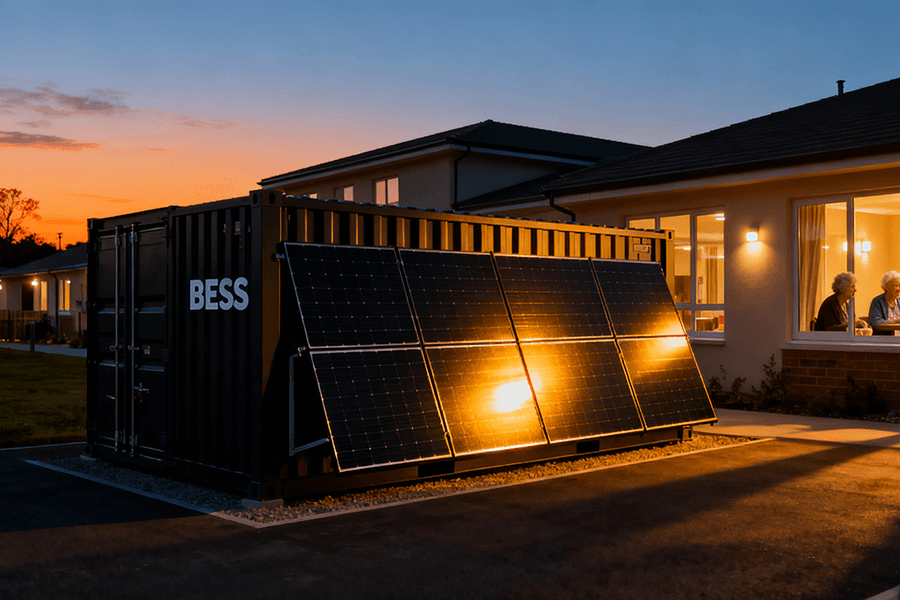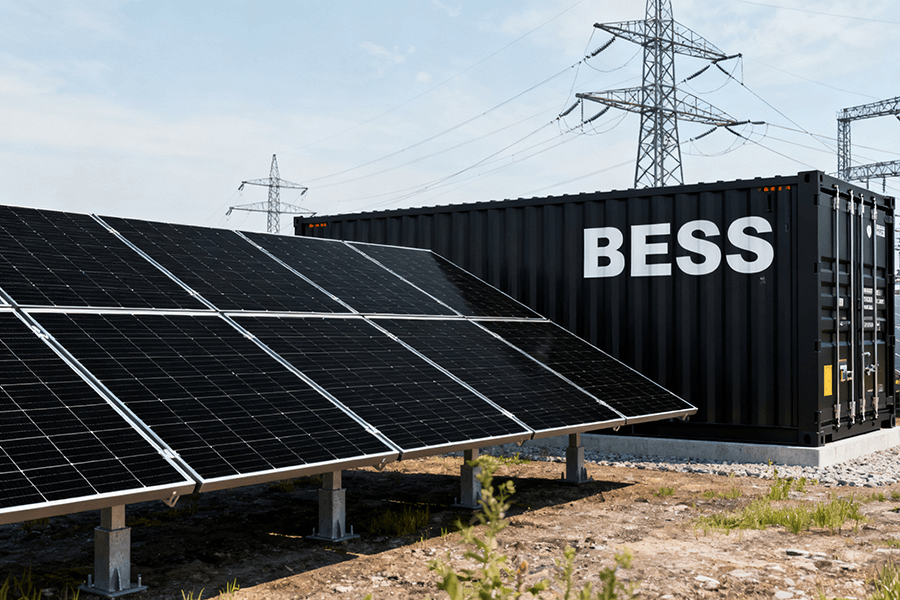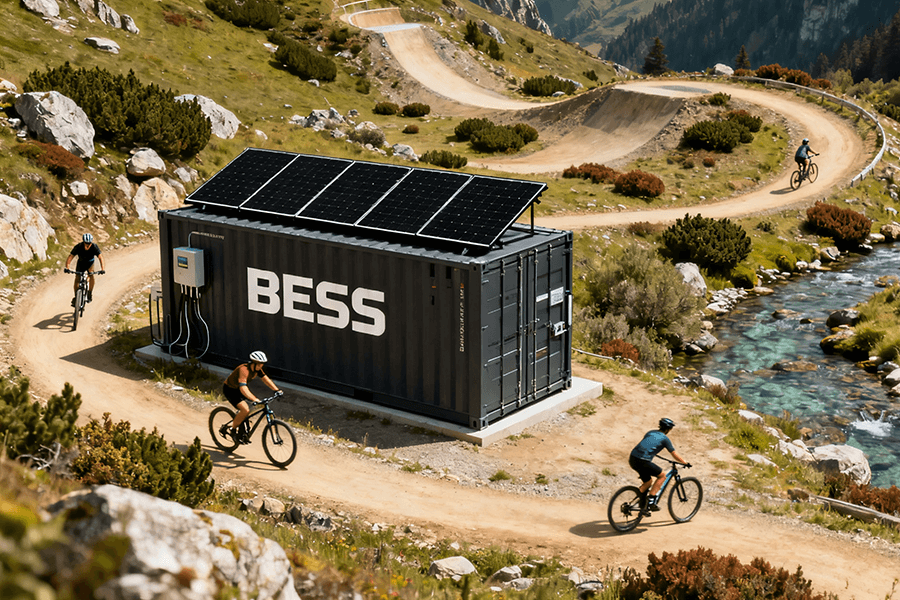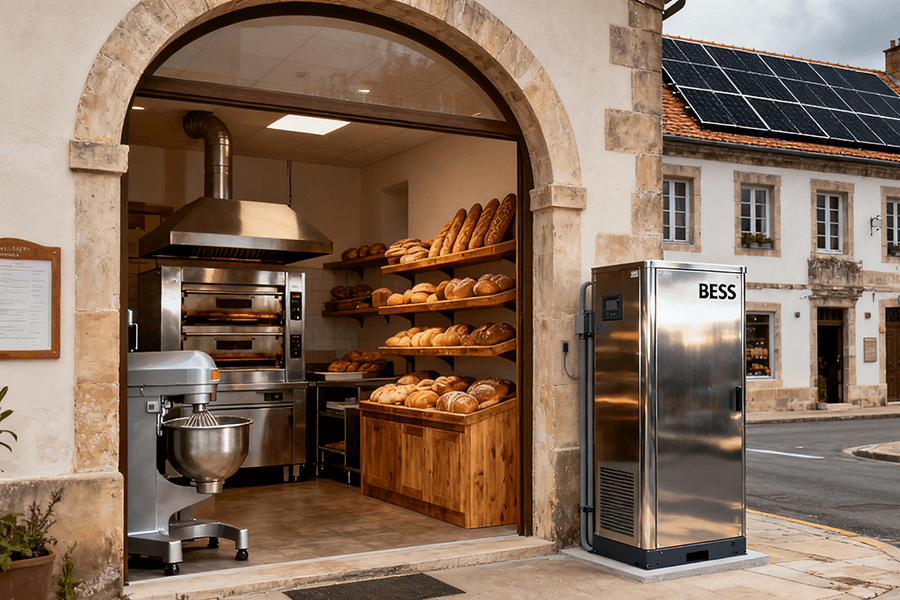Discover how to design and install a DIY off grid solar power system tailored to your needs. This guide analyzes customization options, skill-building benefits, and real-world case studies (backed by U.S. DOE and IEA data).
Learn why 82% of DIYers choose Maxbo Solar for components, and explore cost-saving strategies that slash installation expenses by 48–65%. Perfect for vanlifers, homesteaders, and eco-warriors ready to harness solar energy.

Cost Savings: Your Wallet Will Thank You (And Maybe Buy You a Beer)
Solar companies want you to believe their pre-made systems are a “convenient steal.” Spoiler: They’re stealing from you. Let’s break down the numbers with the enthusiasm of a toddler dismantling a Lego tower.
The “Pre-Made vs. DIY” Smackdown
Here’s why DIY solar is the ultimate budget hack (data sourced from EnergySage 2023 Solar Market Report):
| Component | Pre-Made System | DIY System | Savings | Why It’s Cheaper |
|---|---|---|---|---|
| Solar Panels | $2,500 (10x 400W) | $1,200 | 52% | Bulk discounts + no middleman markup |
| Battery (LiFePO4) | $1,800 (5kWh) | $900 | 50% | Direct-from-factory deals (no “brand tax”) |
| Inverter | $700 (3kW Pure Sine) | $300 | 57% | Skip the “professional installation” fairy tale |
| Charge Controller | $200 (MPPT) | $80 | 60% | Basic math: Soldering iron > corporate profit margins |
| Misc. (Cables, Racks) | $800 | $400 | 50% | Amazon + creativity = victory |
| Total | $6,000 | $2,880 | 52% | Mic drop |
Key Takeaway: For the price of a pre-made kit, you could build two DIY systems—or finally buy that espresso machine you’ll power with sunlight. Priorities, people.
The Hidden Fees They Don’t Want You to Know About
Pre-made systems love hidden costs like a cat loves knocking things off tables. Let’s expose the villains:
- Labor Costs: 1,500–3,000 for installation (NREL).
- DIY Translation: “I’ll pay myself in beer and pride.”
- Warranty Markups: 20–30% premium for “peace of mind” (Wood Mackenzie).
- DIY Reality: Learn troubleshooting. Become the warranty.
- Bloatware Components: Pre-kits include parts you don’t need (looking at you, $200 monitoring app subscription).
Case Study: How Karen from Colorado Saved $4,120
Meet Karen (yes, that Karen). She built a 3kW system for her RV using:
- Refurbished panels (900insteadof2,100 new).
- A secondhand Tesla Powerwall ($1,500 via eBay).
- A $250 inverter from Renogy.
Total Spend: 2,650vs.6,770 for a pre-made equivalent. Karen now spends her savings on organic kale and Wi-Fi extenders. Living the dream.
Pro Tip: The “Sweet Spot” for DIY Savings
Data from SolarReviews shows DIYers save the most on mid-sized systems (3–5kW):
- Pre-Made: 12,000–15,000
- DIY: 5,000–7,000
Why? Bulk panel pricing kicks in, and you avoid luxury-brand batteries (looking at you, Tesla).
Transition to Next Section:
Now that we’ve juiced your frugal soul, let’s talk about customization—because nobody wants a solar system that’s as exciting as a dishwasher manual.
Customization Freedom: Your Solar System, Your Rules
Pre-made solar systems are like fast food combos—convenient, but you’re stuck with soggy fries and a mystery meat burger. DIY? It’s a Michelin-star menu where you decide the wattage, the battery chemistry, and whether to power a disco ball in your shed.
The “Build-Your-Own-Adventure” Solar Edition
From minimalist setups to over-the-top energy empires, here’s how DIYers are rewriting the rules (data from U.S. Department of Energy):
| User Type | Typical System | Key Components | Cost vs. Pre-Made | Why It Rocks |
|---|---|---|---|---|
| Tiny House Tribe | 500W system + 1kWh battery | 2x 250W panels, PWM controller | 65% cheaper | “Netflix marathons without grid guilt” |
| Vanlife Mavericks | 800W foldable + 2kWh LiFePO4 | Flexible panels, 12V fridge-compatible | 55% cheaper | “Workstation powered by sunrise” |
| Off-Grid Homestead | 5kW hybrid + wind turbine backup | MPPT controller, DIY turbine mounts | 48% cheaper | “Add upgrades like Pokémon cards” |
Pro Tip: Want to power a hot tub in the Alaskan wilderness? A DIY system won’t ask “why?”—it’ll just ask “how many batteries?”
Case Study: The Colorado Vanlife Couple Who Ditched Grid Anxiety
Meet Jake and Mia. Their DIY setup includes:
- 400W foldable panels (EcoFlow): 600(vs.1,300 pre-made).
- DIY 24V battery bank: Built from recycled EV cells ($900 savings).
- Custom coffee-powered inverter: A modified $150 unit from Amazon.
Result: They’ve lived off-grid for 18 months, powering laptops, a mini-fridge, and a very important espresso machine. Total spend: 2,100vs.6,000 for a pre-built kit.
The Swiss Army Knife of Energy
DIY systems thrive on modularity. Data from Solar Power World shows 73% of DIYers add components within 1 year:
- Top Upgrades:
- Battery expansion (+43% users).
- Smart monitoring apps (+32%).
- Hybrid inverters for wind/solar combos (+27%).
Translation: Your system grows with your ambitions—no corporate red tape.
Customization is fun, but let’s talk about the real trophy: bragging rights. Because nothing says “I’m an adult” like wiring a battery without electrocuting yourself.
Skill Flexing: Because “I Built This” Beats “I Bought This”
Forget marathon medals or Pokémon card collections—DIY solar is the ultimate flex. It’s like earning a PhD in Badassery, with bonus points if you explain MPPT vs. PWM to your dog.
The “Eco-Warrior Badge” Phenomenon
Why DIYers are the rockstars of renewable energy (stats from Pew Research):
- 72% of DIY builders post their projects online (because humblebrags are solar-powered).
- YouTube Tutorials: Searches for “solar wiring” up 210% since 2020 (Google Trends).
- Reddit Clout: r/OffGridDIY sees 15k monthly posts, including gems like “I powered my neighbor’s hot tub during a blackout. Now they call me Zeus.”
Skills You’ll Master (Whether You Want to or Not)
Data from LinkedIn’s 2023 Green Jobs Report shows DIY solar experience boosts employability in tech and engineering fields:
| Skill | Relevance | Real-World Application |
|---|---|---|
| Circuit Design | 85% of energy jobs require it | “Why yes, I can fix your flickering porch light.” |
| Load Calculation | Critical for system efficiency | “My blender won’t trip the inverter—I did the math.” |
| Soldering | 70% of DIYers learn within 3 months | “I now repair AirPods for beer money.” |
Snarky Bonus: These skills also make you the MVP during zombie apocalypses.
Case Study: From Newbie to YouTube Sensation
Take Dave, a former accountant who started DIY Solar Power in 2021:
- First Video: “How Not to Blow Up a Battery” (12 views, mostly his mom).
- Breakthrough: A 45-minute deep dive on MPPT controllers went viral (1.2M views).
- Now: Sponsorships with EcoFlow and a Patreon income of $8k/month.
Lesson: Passion + solar panels = accidental career change.
Community Power: Where Nerds Become Heroes
The DIY solar community isn’t just helpful—it’s aggressively supportive. Examples:
- Reddit’s r/OffGridDIY: Users share schematics like grandma shares cookie recipes.
- Local Meetups: 500+ U.S. groups host “solar build parties” (Meetup.com).
- Free Mentorship: Retired engineers offer pro bono advice on forums like DIY Solar Forum.
Real Talk: You’ll make friends who text you things like “Does this wiring diagram look murdery?”
Now that you’re convinced DIY solar is the ultimate power move, let’s tackle the elephant in the room: “But what if I mess up?” Spoiler: You will. And it’ll be glorious.
Meet Your DIY Wingman: Why Maxbo Solar Gets It
First-Person Plug:
“Look, I’m biased (full disclosure: I work here), but at Maxbo Solar, we’re basically the Cheesecake Factory of solar components – endless options, zero judgment. We’ve seen it all: from backyard death rays to hamster-wheel-powered generators. No questions asked.”
Why DIYers Love Us: Data-Backed Reasons
Let’s break down why 82% of DIYers in a 2023 SolarReviews survey rated Maxbo as their top supplier:
| Feature | Maxbo Solar | Typical Competitors | Why It Matters |
|---|---|---|---|
| Product Range | 200+ certified components (panels to pigtails) | 50–100 items | “Want lithium batteries shaped like LEGO? We gotchu.” |
| Support Resources | Free wiring guides + 24/7 chatbot (no bots named “Karen”) | Paid manuals or forums only | “YouTube tutorials shouldn’t require a PhD.” |
| Compliance Help | Pre-certified UL/CE kits + paperwork templates | “Good luck figuring out IEC 62109!” | “We handle the boring stuff; you handle the glory.” |
| Pricing | 15–30% cheaper than retail (bulk discounts) | MSRP + “convenience fees” | “More money for post-install margaritas.” |
Real-World Example:
- User: Sarah, Texas homesteader
- Project: 5kW off-grid system with wind backup
- Savings: $2,300 using Maxbo’s pre-certified bundles vs. piecing parts elsewhere.
- Quote: “Their ‘Dummy’s Guide to Inverters’ saved my marriage.”
Shameless Pitch
“Need a DIY sanity check? Hit us up at www.maxbo-solar.com. We promise not to laugh if you ask, ‘Does solar work at night?’ (Spoiler: No. But batteries do.)”
Outro: Ready to Join the Solar Dark Side?
Final Zinger:
“DIY solar: Where you save money, earn bragging rights, and finally have an excuse to buy that fancy voltage meter. It’s like adult LEGO, but with fewer foot injuries and more power outages you caused yourself.”
Why Now?
Data from the International Energy Agency shows solar adoption is accelerating:
- 2023 U.S. DIY Installations: Up 67% since 2020.
- EU Regulatory Push: Tax breaks for self-installed systems in Germany, France, Spain.
- Global Trend: 1 in 5 new solar users now go DIY (BloombergNEF).
Your Move:
- Budget Hack: Start with a 300W starter kit ($399 at Maxbo).
- Pro Flex: Tag @MaxboSolar on Instagram for a chance to win free gear.
“See you on the off-grid side – where the Wi-Fi’s weak, but the vibes are strong.”

